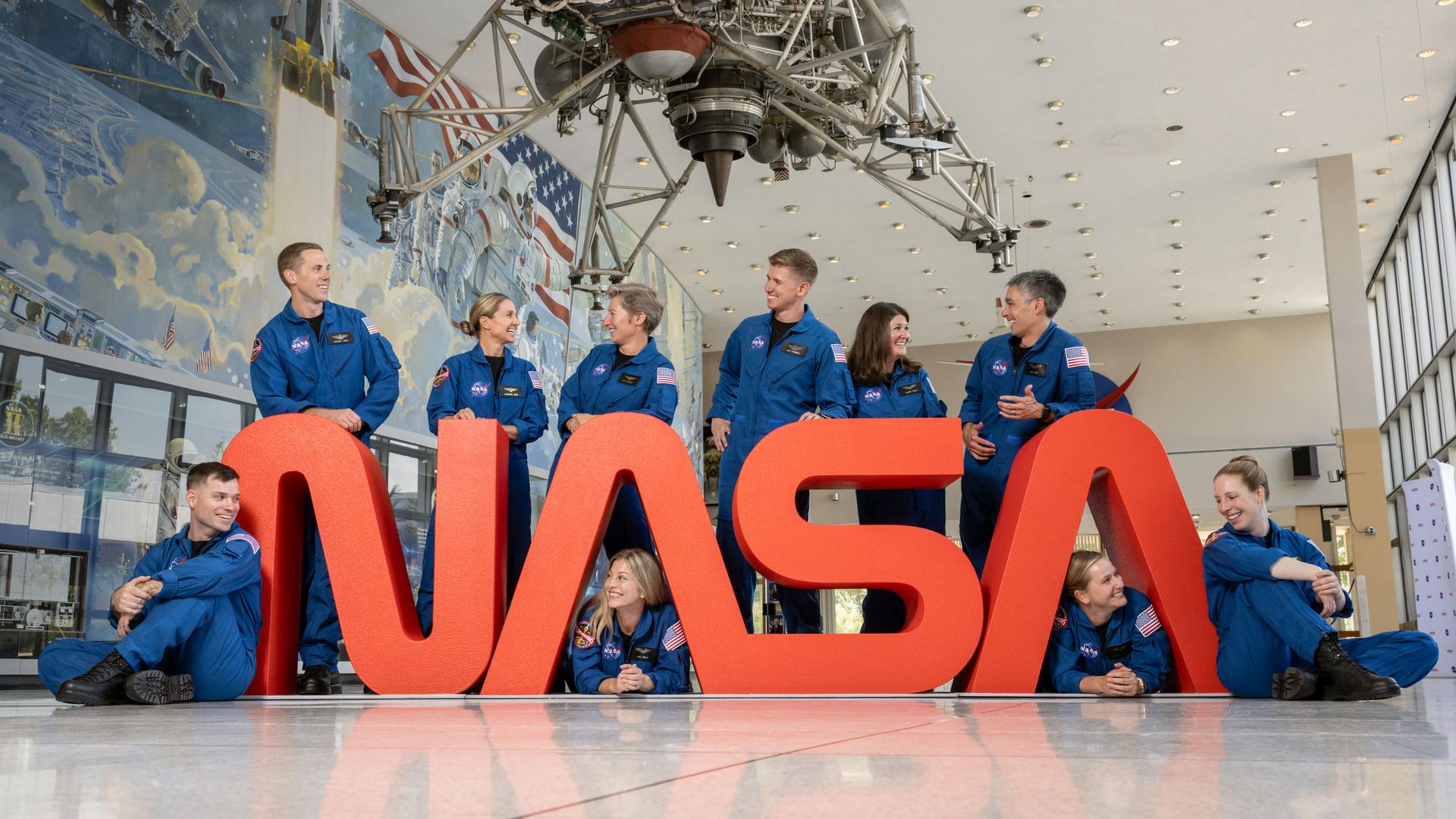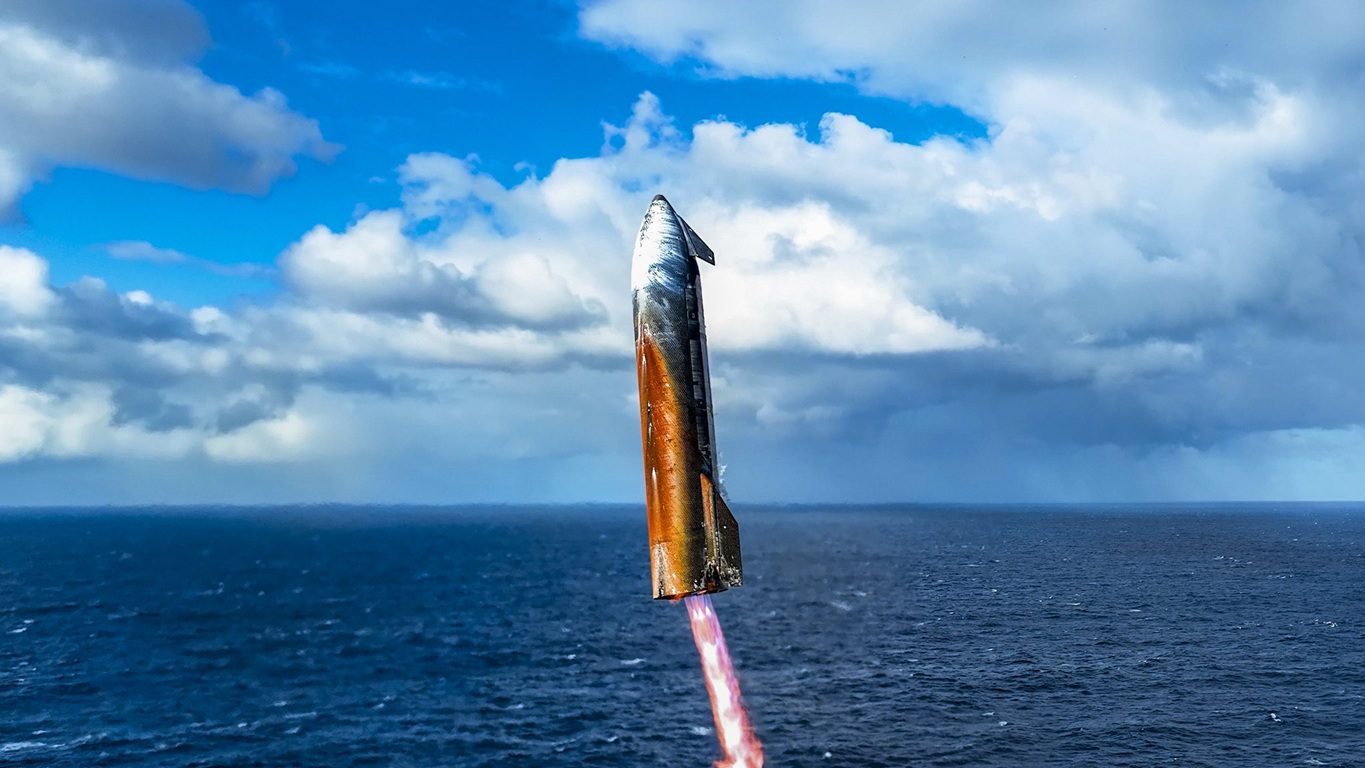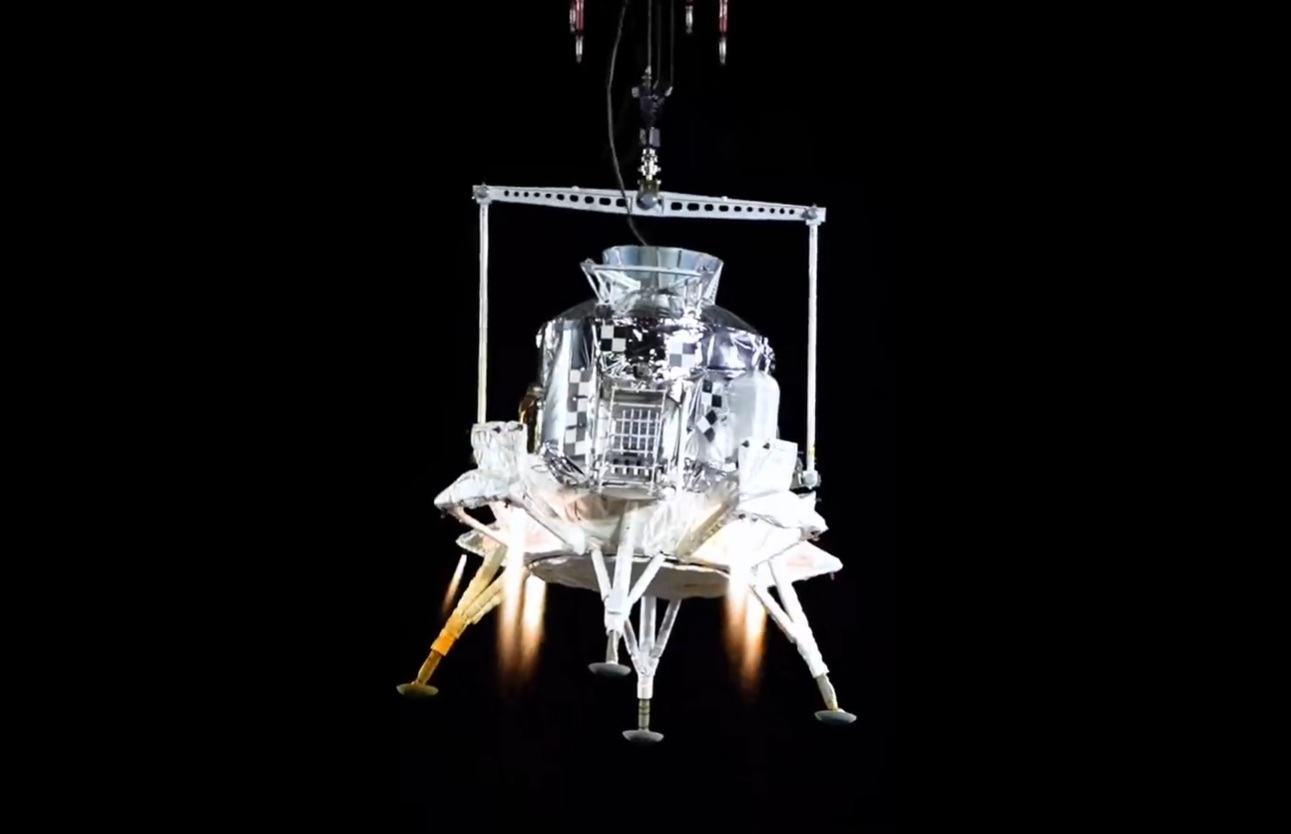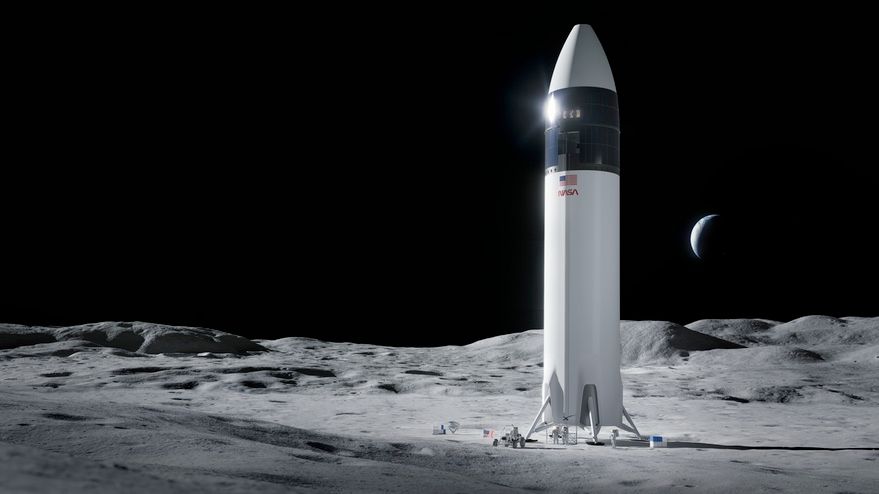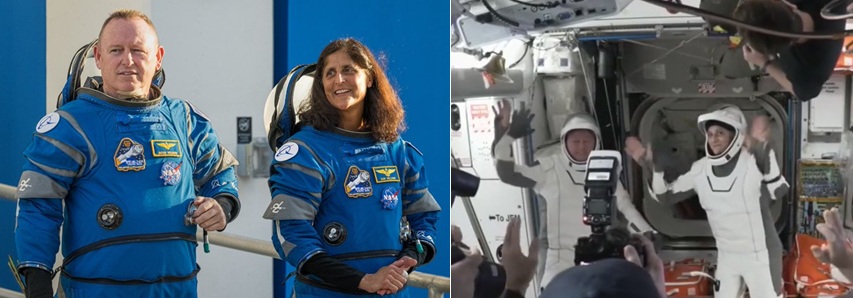NASA’s doubts about a fix to an air leak on the International Space Station (ISS) led to the delay of a crewed mission to the ISS.
A long-standing air leak in the PrK transfer tunnel of Russia’s Zvezda module had been causing a gradual depressurisation. Cosmonauts reportedly repaired it and a subsequent pressurisation test — measuring the pressure inside the tunnel with its internal hatches sealed — suggested that they were successful.
However, NASA engineers questioned whether a separate air leak — this time on the hatch to the main station — was, in effect, repressuring the tunnel, giving a false positive reading. NASA’s doubts delayed the launch of the commercial Axiom-4 (AX-4) mission aboard Crew Dragon.
Update on 2 July: The AX-4 mission ultimately launched on 25 June carrying commander Peggy Whitson, ISRO’s first gaganaut pilot Shubhanshu Shukla, mission specialist Sławosz Uznański-Wiśniewski (ESA/Poland), and Hungarian astronaut Tibor Kapu. It docked with the ISS the following day.
The incident cast further doubt on the future of the ISS. Industry observers have raised safety concerns about operating the ISS beyond its intended lifespan. The ageing space station has received multiple extensions to its design life, initially from 2010 until 2024, and later from 2025 to 2030.
Its substantial operational costs have drawn criticism from figures such as Elon Musk, who argue the funds would be better directed toward human exploration initiatives to Mars.
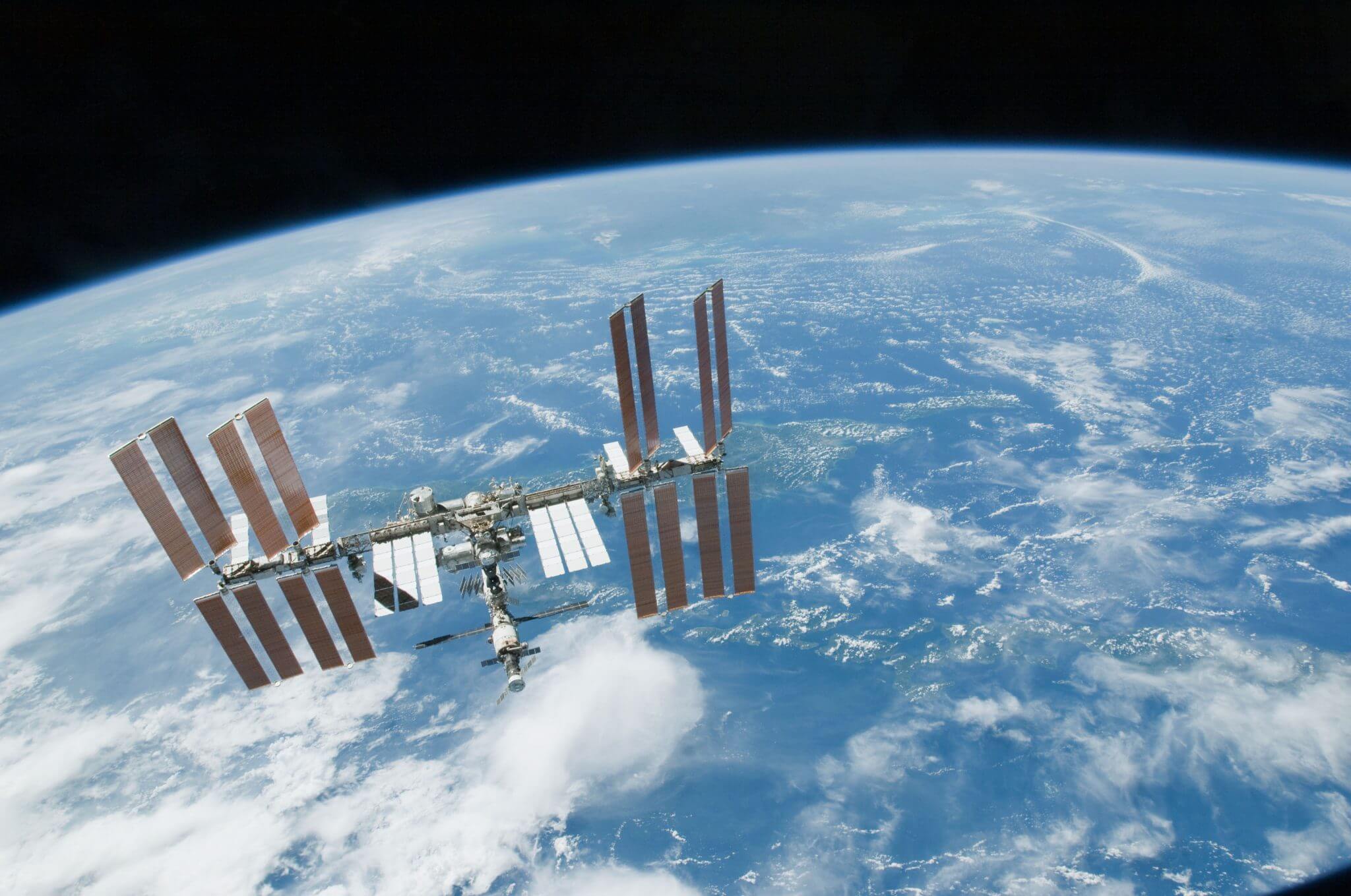
The International Space Station (ISS). Courtesy: NASA

